Premium Only Content
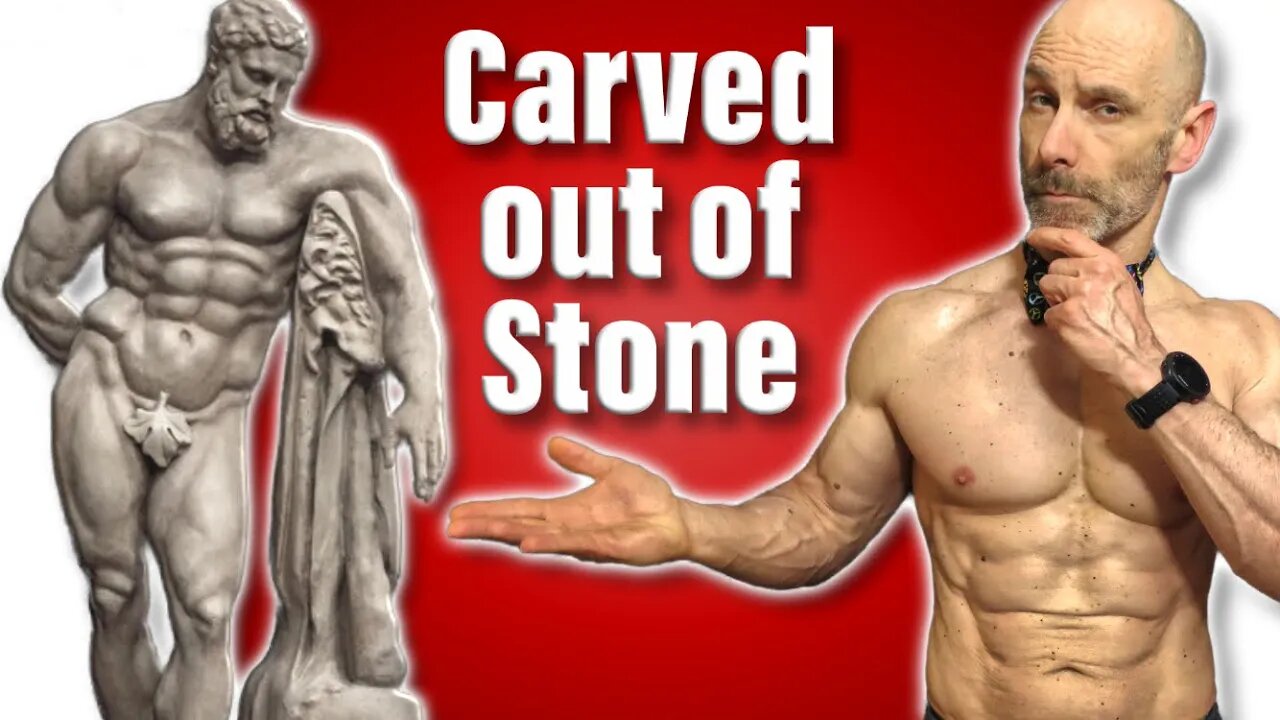
The Best Way to Choose Exercises for Muscle Growth (Greek god Physique)
If you want to build a statuesque Physique that looks like it’s been carved out of stone, then you need to train your whole body with balanced development.
If you’re starting out, it can be hard to know which exercises to choose. An excellent place to start is compound movements, although they aren’t always the best choice.
For example, shoulder presses are a great exercise but not for everyone. If your shoulder hurts every time you do the movement, then it’s not a good exercise for you.
The best way to choose exercises for muscle growth includes understanding what works and doesn’t work for your specific situation.
After this, we have to consider the equipment we have, energy levels and movement patterns.
If you would like help losing excess body fat and building muscle, please email me at 1shark1bite@gmail.com for information on my personal training services.
To purchase the tee shirt and shorts I’m wearing in this video or any Fit and 50 workout wear, click here, https://fit-and-50.creator-spring.com
Check your testosterone levels from home. Just click this link http://trylgc.com/laurence and receive 30% off with code: LAURENCE30 I receive commissions on referrals to LetsGetChecked. I only recommend services I know and trust.
Bells of Steel is a home gym equipment supplier, they have everything from the basics to commercial gym quality products https://www.bellsofsteel.us/#a_aid=FITAND50
Movement patterns are the easiest way to choose the exercises needed for muscle growth, and if you’re a beginner, making sure you’ve included specific movement patterns in your program with exercises you can easily apply progressive overload to is a great place to start.
First, we’ll look at push and pull movements, fundamentals that need to be in everyone’s mass gain program. This is where it gets interesting; we can do pushing and pulling exercises at many different angles, each one stimulates the muscles differently.
You should generally have a horizontal and vertical push and pull exercise in your program.
The shoulder press is a vertical push, and as I mentioned before, not everyone can do a shoulder press; using a neutral grip is easier on the shoulders and will work for some; for others, lifting anything overhead is a problem. This is where isolation exercises like lateral raises come in.
Isolation exercises are great for filling in the holes in our training or providing extra work to bring up a stubborn muscle group.
To build an efficient workout program, we must understand what muscles crossover from one exercise to the next. For example, the primary muscles involved in the flat bench press are the chest and front delt, with the triceps being worked as a secondary muscle.
Compare this to the shoulder press, where the primary muscle worked is the front delt, with the triceps and lateral delts playing a secondary role.
Knowing that the front delts are being worked when bench pressing and if you’re doing an incline press, they’re working even harder allows us to make room for a lateral raise, which targets the side delt much better than a shoulder press.
So, how would we put this into a program? I’d set it up as an A and B workout with bench press in workout A and shoulder press in workout B. If you can’t do shoulder press, then I’d switch it out for an incline chest press to target the upper chest and front delt more.
The steeper you set your bench, the more the front delt will be working and less upper chest involvement. Usually, I have mine at a 30-degrees, but if you want more front delt engagement, increase it to 45.
I haven’t forgotten about lateral raises. I’d put these towards the end of a workout.
Now, let’s talk about pull exercises; we’re looking for a horizontal and a vertical pull. Bent-over rows or seated cable rows are good examples of a horizontal pulls, with pull-ups and lat pull-downs being examples of vertical pulls.
Horizontal pulls are often called back thickening exercises as they primarily hit the traps, rear delts and lats. The secondary muscles worked are biceps, low back and rotator cuff.
Vertical pulls are a superior lat exercise as they work the lats through a full range of motion.
Again, there are other angles we can perform pull exercises at. One example is the 45-degree elbow out row, the best compound exercise for hitting both the lateral and rear delts.
Another movement pattern that’s a must is a hip hinge. The most common is a deadlift; although a hip thrust would work in this category, too.
Let’s talk a little bit more about isolation exercises. Even though biceps, triceps, abs and calves will be worked as secondary muscles with these compound movements, you’ll find to get that Greek god Physique; they’ll need to be worked on their own as well.
You’ve probably noticed I missed the most important movement pattern, and that’s Squats
-
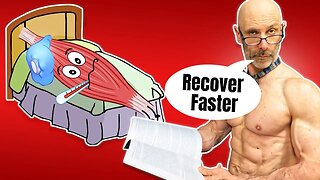 4:53
4:53
Fit and 50
1 year ago $0.07 earnedHow to Speed Up Muscle Recovery Over 50 (Recover Like a 20 yr old)
5054 -
 1:31:18
1:31:18
Redacted News
5 hours agoEMERGENCY! NATO AND CIA ASSASSINATE TOP RUSSIAN GENERAL, PUTIN VOWS IMMEDIATE RETALIATION | Redacted
183K233 -
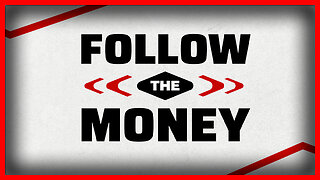 56:45
56:45
VSiNLive
4 hours ago $4.12 earnedFollow the Money with Mitch Moss & Pauly Howard | Hour 1
51.6K2 -
 52:44
52:44
Candace Show Podcast
4 hours agoMy Conversation with Only Fans Model Lilly Phillips | Candace Ep 122
63K233 -
 UPCOMING
UPCOMING
tacetmort3m
5 hours ago🔴 LIVE - RELIC HUNTING CONTINUES - INDIANA JONES AND THE GREAT CIRCLE - PART 5
30.2K -
 26:52
26:52
Silver Dragons
3 hours agoCoin Appraisal GONE WRONG - Can I Finally Fool the Coin Experts?
23.5K2 -
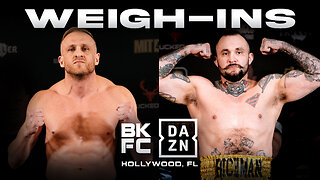 UPCOMING
UPCOMING
Bare Knuckle Fighting Championship
10 hours agoBKFC on DAZN HOLLYWOOD WARREN vs RICHMAN WEIGH IN
16K -
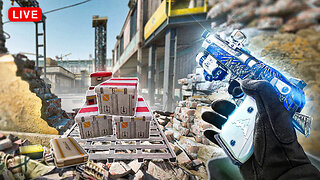 6:49:16
6:49:16
StoneMountain64
7 hours agoNew PISTOL meta is here?
28.3K1 -
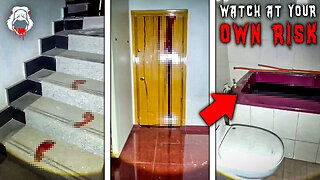 20:58
20:58
Goose Pimples
9 hours ago7 Ghost Videos SO SCARY You’ll Want a Priest on Speed Dial
16K3 -
 2:24:59
2:24:59
The Nerd Realm
7 hours ago $2.61 earnedHollow Knight Voidheart Edition #09 | Nerd Realm Playthrough
33.9K2